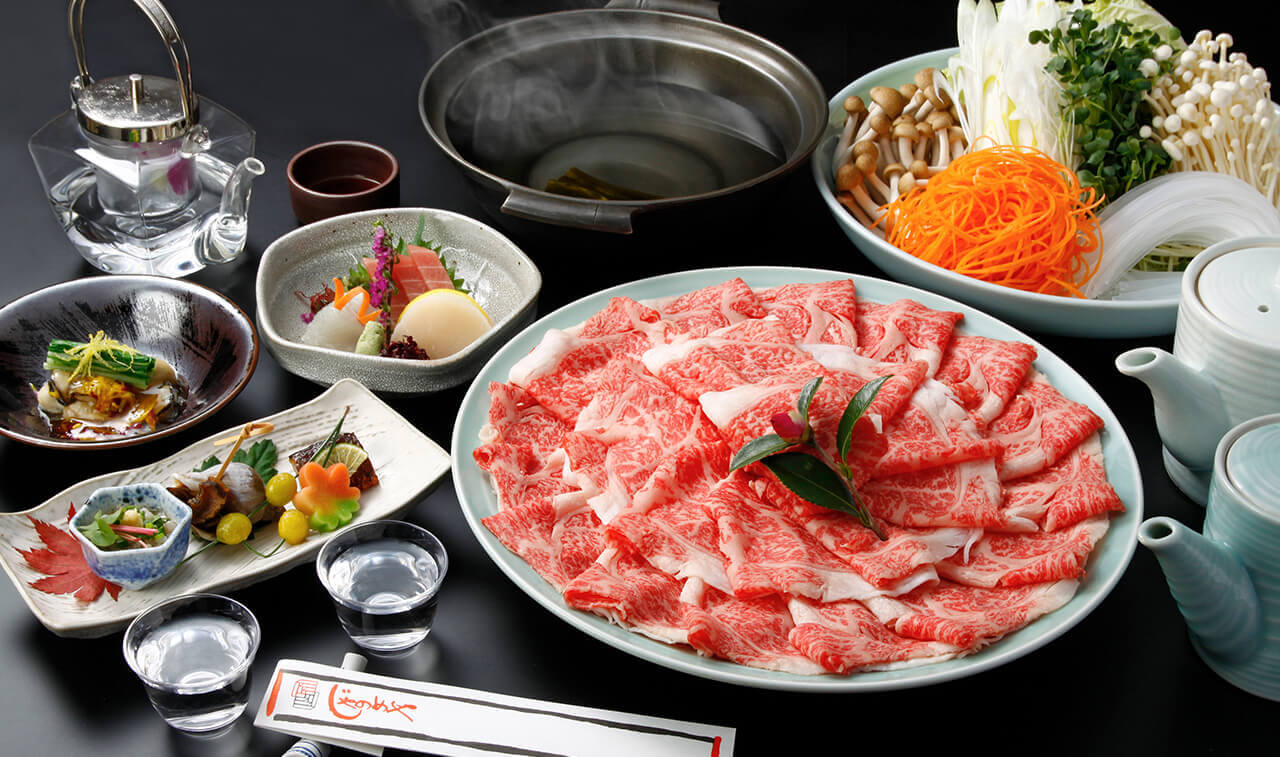Japan is a country known for its rich cultural heritage and delicious cuisine. From sushi to ramen, Japanese food has gained global popularity in recent years. However, one dish that is often overlooked, yet carries a deep history and unique flavors, is sukiyaki.
Sukiyaki is a traditional Japanese dish that originated in the Edo period (1603-1868). It consists of thinly sliced beef cooked in a shallow iron pot with vegetables such as onions, tofu, mushrooms, and Chinese cabbage. The ingredients are slowly simmered in a sweet and savory sauce made of soy sauce, sugar, sake, and mirin.
The origin of the name “sukiyaki” dates back to the 19th century when stalls selling the dish began appearing along riversides. These stalls were called “sukiya,” meaning teahouses by riverside. Over time, the dish became popular among travelers and laborers who would stop by these sukiya for a warm meal after long journeys.
Aside from its humble beginnings as a cheap roadside meal option for travelers, sukiyaki also has deep ties to Japan’s samurai warriors. During this time period,”samurai” were not only known as fierce warriors but also connoisseurs of good food. They would often travel around Japan for training purposes or during peaceful periods when there was no war. Sukiyaki was considered an ideal meal option because it could be prepared with ease over an open fire while on these expeditions.
As Japan slowly modernized after World War II through industrialization and western influences on their culture began to seep through; sukiyaki underwent some changes too. The style of cooking shifted from over an open fire to tabletop hot pots during this time period.
Today sukiyaki remains one of Japan’s most cherished dishes that represent their rich history deeply embedded within its flavorsome layers. Every region in Japan has its unique spin on the dish, and traveling through the country can be an exciting journey to discover these culinary variations.
In Tokyo, you will find that sukiyaki is generally served with thinly sliced wagyu beef instead of regular beef. The high-quality marbled meat enhances the flavor profile of the dish, making it a luxurious treat. In cities like Kyoto and Osaka, they use a lot more vegetables in their sukiyaki, giving it a healthier twist while maintaining its deliciousness.
The traditional method of cooking sukiyaki includes heating sugar in an iron pot until it caramelizes before adding other ingredients for flavoring. This step adds depth to the dish and is also symbolically considered as an offering to honor ancestors during Japanese festivals.
The actual act of eating sukiyaki is another experience in itself. To enjoy this delicacy fully, it’s recommended to dip each ingredient into beaten raw eggs before eating them along with steamed rice. The egg acts as a dipping sauce and helps balance out the sweet-savory flavors of sukiyaki cut Odyssey – A Journey Through Japan’s Flavorful Heritage continues today as people from all over the world savor this traditional dish while exploring its cultural significance during their trip to Japan. So why not embark on your own sukiyaki odyssey and dive deeper into this classic Japanese delicacy? You’ll not only experience delectable flavors but also learn about its fascinating history along the way.

